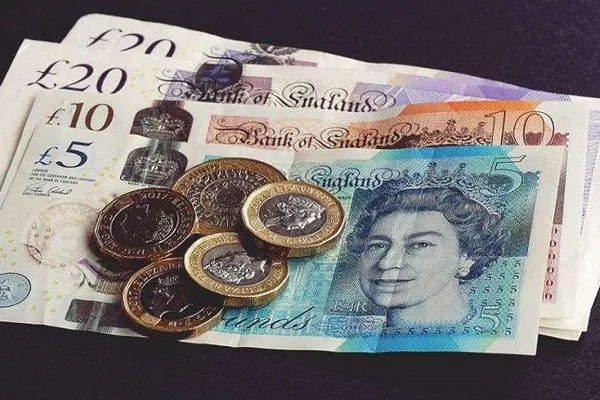The British pound, often symbolized by the iconic £ symbol, has a rich history dating back centuries. Its origins can be traced to the Anglo-Saxon period, and it has undergone numerous transformations over the years. One of its historical associations is with the term “pound sterling,” which, in the past, referred to a pound of sterling silver. However, in the modern era, the British pound is no longer directly tied to silver. This article explores the historical connection between the British pound and silver and delves into the factors that have shaped its evolution into the fiat currency we recognize today.
The Sterling Silver Connection
The term “pound sterling” can be directly linked to the historical use of sterling silver. In medieval England, coins were minted using sterling silver, which was known for its high purity. The pound sterling originally represented a pound weight of sterling silver, creating a tangible connection between the currency and the precious metal.
During the 17th century, the transition from hammered coins to milled coins occurred, further solidifying the connection between the British pound and silver. The silver content of the coins was a crucial factor in determining their value, and the pound’s stability relied on the inherent value of the precious metal it represented.
The Gold Standard Era
The 19th century marked a significant shift in the monetary system with the adoption of the gold standard. This transition meant that the value of the British pound was tied to a specific quantity of gold, rather than silver. The pound’s convertibility to gold provided stability to the currency and facilitated international trade.
However, the gold standard was not without its challenges. World War I strained economies, leading to a suspension of the gold standard in various countries, including Britain. After the war, attempts were made to return to the gold standard, but the economic turmoil of the Great Depression in the 1930s led to its abandonment once again.
Fiat Currency and the Modern British Pound
The mid-20th century saw a paradigm shift in the global monetary system, as countries began to move away from precious metal-backed currencies. In 1971, under the leadership of Prime Minister Harold Wilson, the United Kingdom officially abandoned the gold standard. The British pound, like many other major currencies, became a fiat currency, meaning its value is not tied to any physical commodity but is based on the trust and confidence of the people using it.
The decision to detach the British pound from the constraints of precious metals allowed for greater flexibility in monetary policy. Central banks gained the ability to control money supply and interest rates to better manage economic conditions. While this move severed the direct link between the British pound and silver, it paved the way for a more adaptable and responsive monetary system.
The Impact of Economic Factors
Since becoming a fiat currency, the value of the British pound has been influenced by a variety of economic factors. Inflation, interest rates, and economic growth play crucial roles in determining the pound’s exchange rate against other currencies. The Bank of England, as the country’s central bank, plays a pivotal role in shaping and implementing monetary policy to maintain price stability and support economic growth.
Globalization has also contributed to the pound’s evolution. The interconnectedness of economies means that events occurring on the global stage, such as financial crises or geopolitical tensions, can impact the value of the British pound. In today’s dynamic economic landscape, the pound’s value is subject to a complex interplay of domestic and international forces.
The Digital Age and the Pound
The 21st century has ushered in a new era of digital innovation, and the financial sector is no exception. Cryptocurrencies and digital payment systems have gained popularity, raising questions about the future of traditional fiat currencies. While the British pound remains a tangible form of currency, the rise of digital transactions and the potential for central bank digital currencies (CBDCs) pose interesting challenges and opportunities for the future.
See Also Is UK money backed by gold? A Closer Look
Conclusion
The British pound’s historical connection to silver, once a defining characteristic, has evolved over the centuries. From its origins as a representation of a pound of sterling silver to the adoption of the gold standard and ultimately becoming a fiat currency, the pound has adapted to changing economic landscapes. Today, its value is influenced by a complex interplay of economic factors, and its stability is maintained through the prudent policies of the Bank of England.
While the British pound is no longer directly tied to silver, its resilience and adaptability have allowed it to maintain its status as a globally recognized and respected currency. As the world continues to evolve in the digital age, the future of the British pound will undoubtedly be shaped by technological advancements and ongoing economic developments.


